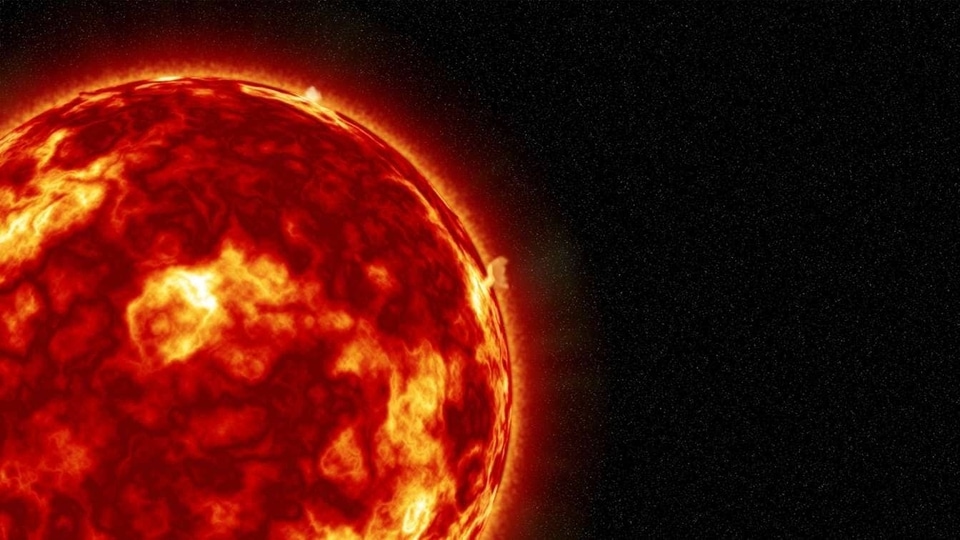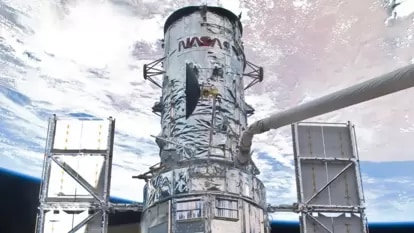Solar Flare warning! Geomagnetic Storm to hit Earth this weekend
Sun unleashed a powerful X2.2-class solar flare recently and it is set to impact Earth soon, sparking a geomagnetic storm. Here’s what experts say.






 View all Images
View all ImagesCurrently, the Sun is at its volatile best as it reaches its solar cycle peak. The star entered its solar cycle 25 in 2019 and it is expected to hit its peak in July 2025. Now, a sunspot eruption has produced a strong X2.2-class solar flare. NASA's Solar Dynamics Observatory (SDO) recorded the extreme ultraviolet pulse. A solar flare is a sudden and brief eruption of intense energy from the Sun's surface that releases a burst of radiation across the electromagnetic spectrum, including X-rays and ultraviolet light. This burst of energy is caused by the release of magnetic energy stored in the Sun's atmosphere.
This recent solar flare explosion is one of the strongest observed in recent times and signals the increasing intensity of the Sun as it approaches its peak. Nevertheless, the danger is not over yet! Such eruptions emit a significant amount of coronal mass ejection (CME) into space, which may potentially trigger a solar storm upon reaching Earth. It could potentially harm satellites, disrupt mobile phone and internet networks, cause power grid failures, block radio communications and much more.
Solar Storm impact on Earth
In response to this powerful solar storm, a minor G1 to moderate G2 geomagnetic storms are possible this weekend in response to two incoming CMEs, the Spaceweather.com report mentioned. Not just that, space weather expert Dr. Tamitha Skov took to her Twitter handle to inform, “The earlier solar storm may have fizzled, but our Sun gives us another chance for aurora. Predictions from NOAA & NASA estimate storm arrival starting midday on Feb 19 to midday on Feb 20, GMT. Let's hope the Sun's aim is better than last time!”
According to OECD, "Geomagnetic storms—a type of space weather—are much less frequent, but have the potential to cause damage across the globe with a single event. In the past, geomagnetic storms have disrupted space-based assets as well as terrestrial assets such as electric power transmission networks. Extra-high-voltage (EHV) transformers and transmission lines—built to increase the reliability of electric power systems in cases of terrestrial hazards—are particularly vulnerable to geomagnetically induced currents (GICs) caused by the disturbance of Earth‘s geomagnetic field."
Catch all the Latest Tech News, Mobile News, Laptop News, Gaming news, Wearables News , How To News, also keep up with us on Whatsapp channel,Twitter, Facebook, Google News, and Instagram. For our latest videos, subscribe to our YouTube channel.
































